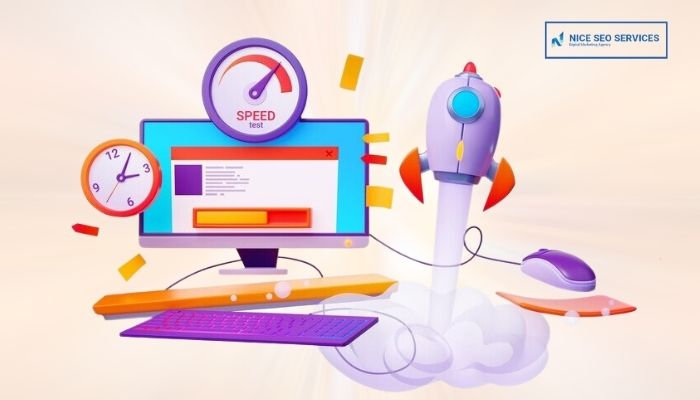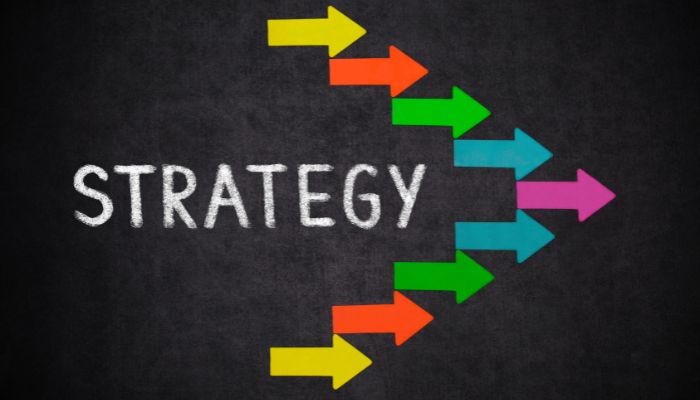A small guide to understand how Optimizing Website Performance and Loading Speed can help your website to rank better in major search engines. Speed of your website is a critical factor influencing user experience, search engine rankings, and overall online success.
A slow-loading website can lead to frustrated visitors, higher bounce rates, and even negatively impact your SEO efforts. To ensure your website performance is at best, it’s essential to optimize its loading speed.
This comprehensive guide explores the importance of website performance, the factors affecting loading speed, and practical strategies to enhance your site’s speed.
Understanding the importance of Website Performance:

- User Experience:
Speed is synonymous with user satisfaction. Visitors expect websites to load quickly, and a delay of even a few seconds can lead to a decline in user engagement. A positive user experience encourages longer visits, increased page views, and higher conversion rates.
- Search Engine Rankings:
Search engines, particularly Google, prioritize fast-loading websites. Google considers page speed as a ranking factor, emphasizing the importance of optimizing your website’s performance to improve its visibility in search engine results.
- Mobile Responsiveness:
With the rise of mobile device usage, optimizing for mobile responsiveness is crucial. A slow-loading website on mobile devices can deter users and negatively impact your site’s ranking in mobile search results.
Factors Affecting Loading Speed:

- Large Images and Media Files:
High-resolution images and large media files contribute significantly to slow loading times. Compressing images and utilizing efficient file formats can significantly reduce the size of these elements without compromising quality.
- Excessive HTTP Requests:
Every element on a webpage, including images, scripts, and stylesheets, requires a separate HTTP request. Minimizing the number of requests by combining files or utilizing asynchronous loading can expedite page loading.
- Unoptimized Code:
Bloated or unoptimized code, including HTML, CSS, and JavaScript, can slow down your website. Minification, compression, and removing unnecessary code can streamline your site’s performance.
- Inadequate Hosting:
Choosing the right hosting provider is crucial. Shared hosting, while cost-effective, may lead to slower loading times during peak traffic. Upgrading to a dedicated or cloud server can improve website performance.
- Lack of Browser Caching:
Browser caching allows frequently accessed elements to be stored locally, reducing the need to re-download them with each visit. Configuring proper caching headers ensures that browsers can cache your site’s static resources.
Strategies for Optimizing Website Performance and enhancing Loading speed:

- Image Optimization:
Compress images without compromising quality using tools like Adobe Photoshop, TinyPNG, or ImageOptim. Additionally, consider lazy loading, where images load only when they come into the user’s viewport, reducing initial page load times.
- Content Delivery Network (CDN):
Implementing a CDN distributes your website’s static content across multiple servers worldwide, reducing the physical distance between the user and the server. This minimizes latency and accelerates content delivery.
- Minification and Compression:
Minify CSS, JavaScript, and HTML files by removing unnecessary spaces, comments, and line breaks. Compression tools like Gzip can further reduce file sizes, enhancing loading speed without compromising functionality.
- Browser Caching:
Configure your server to leverage browser caching. This allows visitors to store static resources locally, decreasing load times for returning users. Set appropriate expiration dates for different types of content.
- Optimize Code Execution:
Optimize your website’s code by eliminating unnecessary elements and leveraging efficient coding practices. Utilize asynchronous loading for non-essential scripts to prevent them from blocking the rendering of the page.
- Upgrade Hosting:
Evaluate your hosting plan and consider upgrading to a faster server or switching to a hosting provider that offers better performance. Dedicated hosting or managed WordPress hosting can significantly improve loading times.
- Prioritize Above-the-Fold Content:
Prioritize the loading of content above the fold, ensuring that crucial information is visible to users while the rest of the page loads. This improves perceived loading speed and enhances the overall user experience.
- Regular Performance Monitoring:
Use tools like Google PageSpeed Insights, GTmetrix, or Pingdom to regularly monitor your website’s performance. These tools provide insights into specific elements affecting loading speed and offer recommendations for improvement.
Conclusion
Optimizing your website’s performance and loading speed is not just a technical necessity; it’s a strategic investment in user satisfaction, search engine visibility, and overall digital success. By addressing the factors that contribute to slow loading times and implementing practical strategies, you can create a seamless and efficient online experience for your visitors. Stay vigilant, regularly assess your website’s performance, and embrace the ongoing journey of optimization to ensure your digital presence remains agile and competitive in the ever-evolving online landscape.
Continue Reading Other Blogs or Articles
- Importance of Social Media for a Small Business
- What is On-page SEO | Important factors for ranking
- Why Hire a Shopify developer for your eCommerce
- Do SEO Services Near Me Help?
- The Benefits of Content Writing for your website
- 10 Benefits of Hiring Digital Marketing Agencies in Mumbai
- Importance of Domain Authority and Page Authority Scores in SEO


